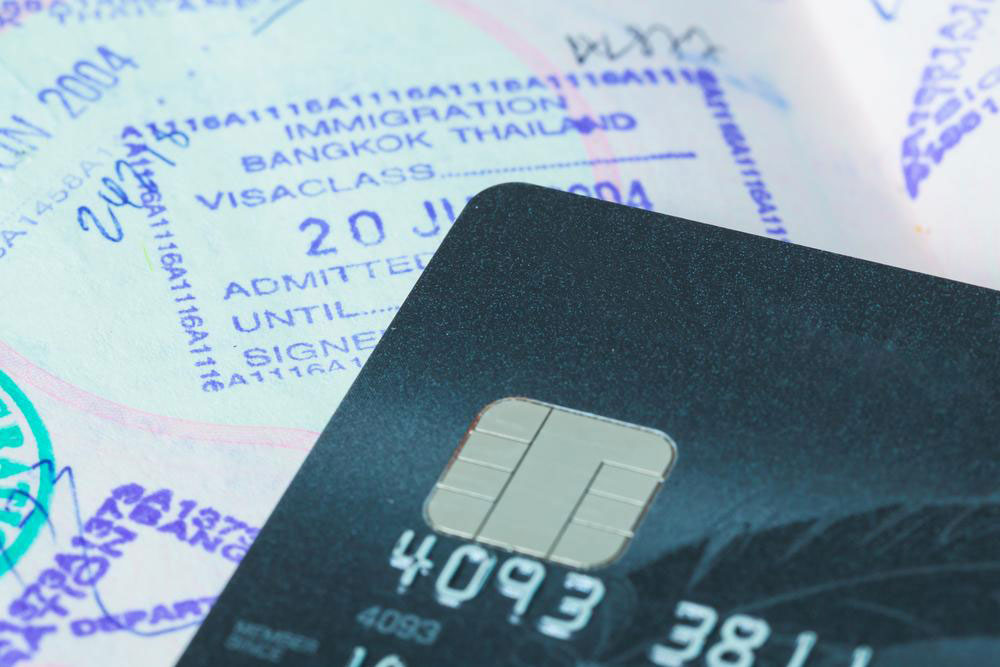Effective Tactics to Mitigate Chargeback Scam Risks
Learn top strategies to protect your business against chargeback fraud, including tokenization, AVS & CVV checks, secure payment platforms, order verification, and detailed record-keeping. Implement these methods to reduce losses caused by fraudulent chargebacks and enhance transaction security effectively.

Effective Tactics to Mitigate Chargeback Scam Risks
Customers may sometimes dispute charges with their banks or credit card providers by requesting refunds, known as chargebacks. This process compels merchants to refund the transaction amount. Unfortunately, fraudsters can exploit this by initiating fraudulent chargebacks, resulting in revenue loss. To protect their business, companies must adopt robust prevention strategies. Here are five key methods to effectively prevent and reduce chargeback fraud.
Utilize Tokenization Technology
When customers make purchases, they provide sensitive card details. Implementing tokenization converts this data into secure, unique tokens linked to the original information, reducing risk exposure. This technology is widely used in online stores, retail outlets, and digital platforms, where actual card data is replaced with tokens, ensuring safer transactions without sharing sensitive information directly.
This method fortifies customer data protection and minimizes fraud opportunities. Most digital commerce solutions integrate tokenization, enhancing transaction security by substituting sensitive card information with traceable tokens.
Implement Address Verification (AVS) & CVV Checks
AVS confirms if the billing address matches the cardholder’s details, helping to identify potential fraud. Combining AVS with CVV verification and dual authentication practices creates an additional security layer. These tools enable early detection of illicit activities and decrease the chances of unauthorized chargebacks.
Use Reputable Payment Authentication Systems
Secure payment solutions such as MasterCard SecureCode, Verified by Visa, and American Express SafeKey authenticate customer identities during checkout. These 3D Secure services require users to verify their identity, significantly reducing fraudulent transactions and fostering trust for both merchants and clients.
Thoroughly Screen Orders
Many fraudulent chargebacks originate from suspicious orders. Watch for unusual patterns like multiple addresses, frequent address modifications, or rapid repeat orders. Automated order confirmation emails can help create an audit trail for fraud analysis, enabling businesses to set protocols for detecting suspicious activity.
Keep Detailed Transaction Records
In case of fraudulent activity, maintaining comprehensive records and receipts provides critical evidence for disputes. Organized documentation allows merchants to track transaction origins and specifics, strengthening their position during resolution processes and helping prevent future scams.
Note:
The insights provided aim to support fraud prevention efforts. However, readers should conduct additional research for comprehensive security measures. We do not guarantee absolute accuracy and acknowledge that other strategies may be available beyond the scope of this overview.


